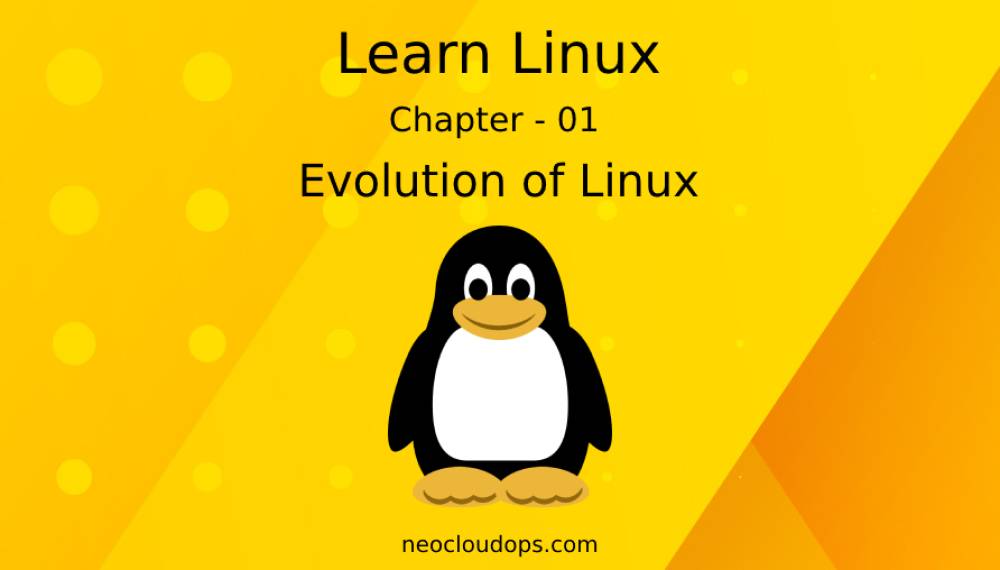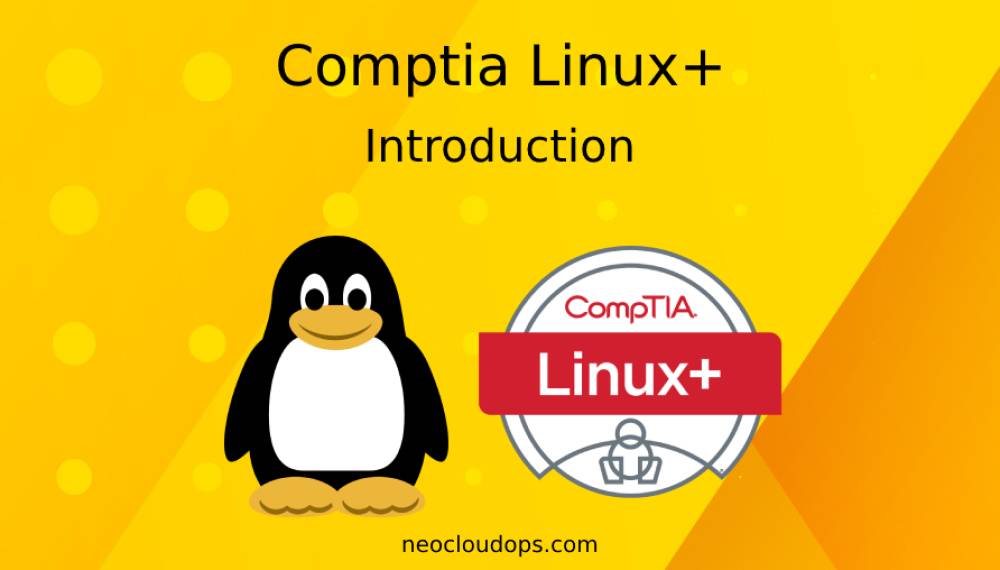
Learn Linux - Chapter 1 - Evolution of Linux
22 March, 2024
Comptia Linux+
What is Linux?
Linux is an operating system, which is a software that manages the communication between the hardware and the software of a computer. Linux is different from other operating systems, such as Windows or Mac OS, because it is free and open-source, which means that anyone can use, modify, and distribute it without paying any fees or restrictions. Linux is also based on Unix, which is an older and more powerful operating system that was developed in the 1970s. Linux has many advantages, such as being secure, stable, flexible, and compatible with many devices and platforms. Linux is widely used in servers, supercomputers, smartphones, embedded systems, and personal computers.
Linux is not a single product, but a collection of many versions or distributions that are created by different developers and organizations. Some of the most popular distributions are Ubuntu, Debian, Fedora, Red Hat, and Mint. Linux also has a large and active community of users and developers who contribute to its improvement and innovation. Linux was created by Linus Torvalds, a Finnish student who started the project in 1991 as a hobby. He released the first version of the Linux kernel, which is the core component of the operating system, under the GNU General Public License (GPL), which is a license that allows anyone to use, modify, and distribute software as long as they follow the same terms. Since then, Linux has evolved into a complex and diverse operating system that has many applications and uses in the modern world.
The Evolution
Linux is an operating system that has evolved over several decades, influenced by various people and projects. In this article, we will explore the main events and developments that shaped the history of Linux:
1950s-1970s: The Origin of computing & Operating System
- 1950s: Batch processing is the sequential execution of programs. A programmer would submit a program on punch cards or paper tape to a system operator. The system operator would later “run” the job and give the results back to the programmer.
Unfortunately, a programming error, typing error, damaged card (or tape), or card out of sequence would cause the program to fail. The programmer would have to repair the difficulty and resubmit the job. - 1961: The Compatible Time-Sharing System (CTSS) was developed by the Massachusetts Institute of Technology (MIT) and became operational in November 1961. CTSS is considered one of the earliest time-sharing operating systems, allowing multiple users to interact with a computer system simultaneously.
- 1964-1969: MULTICS, which stands for Multiplexed Information and Computing Service, was an influential time-sharing operating system. It was a joint project of MIT, Bell Labs (then part of AT&T), and General Electric (GE). MULTICS was designed to be a highly secure and reliable multi-user system, capable of supporting multiple users simultaneously with interactive computing.
1970s-1980s: The Origins of Linux and the Unix Legacy
- 1970s: UNIX was developed by Ken Thompson, Dennis Ritchie, Doug McIlroy, and Joe Ossanna at AT&T Bell Labs in the early 1970s. It is a multitasking, multi-user operating system originally designed for mainframes but later adapted and widely used on various types of computers. UNIX's design and philosophy have greatly influenced many other operating systems, making it one of the most important and enduring contributions to the field of computer science. The initial version was released in 1970 and was called UNICS, for Uniplexed Information and Computing. The first two versions of UNICS were written in assembly language for a specific processor family. Applications written in assembly language for one processor family had to be rewritten for another processor family.
- 1973: Dennis Ritchie developed the programing language C. Compiled languages convert source code to assembly language, which mitigated the need to rewrite the operating system for each new processor family. In 1973, UNICS was rewritten in C and renamed UNIX.
- 1974: AT&T maintained a monopoly over the U.S. telephone systems. As part of a deal with the federal government, the company retained its monopoly rights but was prohibited from selling software. Consequently, AT&T licensed UNIX to educational institutions for a nominal distribution fee. This arrangement enabled colleges and universities to acquire the operating system, utilizing it for educational purposes and software development.
- 1983: Richard Stallman started the GNU Project(GNU stands for GNU is Not UNIX), aiming to create a free and open-source operating system compatible with Unix. He developed many components of the GNU system, but not the kernel.
- 1985: Richard Stallman established the Free Software Foundation and collaborated with attorney David Wheeler to formulate the General Public License (GPL), often known as copyleft. This license permits the unrestricted modification and distribution of software or creative works, under the condition that any modified versions are also shared without constraints or charges. Due to the absence of a free UNIX kernel at the time, the GNU project undertook the task of creating one.
- 1987: Following the breakup of AT&T into smaller phone companies, AT&T gained the ability to sell software. Consequently, UNIX was no longer accessible for free to educational institutions. In response, Andrew Tanenbaum developed MINIX, an operating system compatible with UNIX Version 7, based on a microkernel architecture. MINIX was distributed freely to universities in 1987. Since no free UNIX kernel existed at that time, the GNU project had to develop one.
- 1988: Linus Torvalds enrolled at the University of Helsinki, where MINIX was commonly used for UNIX education. Dissatisfied with MINIX's terminal emulator, Torvalds set out to build a superior one. As he expanded its capabilities, he realized it was more viable to develop an entirely new operating system from the ground up.
1991-1993: The Birth of Linux and the Rise of Open Source
- 1991: Linus Torvalds unveiled a development environment named Freax (short for Free UNIX) released under the GPL license. Freax incorporated tools and utilities from Richard Stallman’s GNU project. Unlike the microkernel approach, Torvalds opted for a monolithic kernel in the design.
- 1992: Linus Torvalds renamed Freax to LINUX. He subsequently shared the source code, encouraging fellow programmers to review, modify, and enhance it. This marked the birth of the original Linux operating system.
- 1993: Slackware, the first widely-used Linux distribution, was launched. Slackware made Linux more user-friendly and accessible.
Mid-1990s: The Expansion and Diversification of Linux
- 1994: Yggdrasil Linux was the first Linux distribution to include X Window System and TeX typesetting system, enhancing Linux's graphical and document capabilities.
- 1996: Red Hat, a leading Linux distribution, was established. Red Hat introduced the RPM Package Manager, which made software installation and management easier.
- 1998: The Open Source Initiative (OSI) was founded, advocating and protecting open-source software through the Open Source Definition.
2000s: The Adoption and Growth of Linux in Enterprise and Desktop Environments
- 2000s: Linux gained popularity and recognition in enterprise settings. Companies like IBM, Oracle, and Novell offered Linux-based solutions, demonstrating its reliability and scalability.
- 2004: Ubuntu, a user-friendly and up-to-date Linux distribution, was released. Ubuntu aimed to provide "Linux for human beings" and followed a philosophy of "humanity towards others".
Today, Linux is used by millions of people around the world, for a wide range of purposes. It is a versatile and powerful operating system that is suitable for both beginners and experts.



